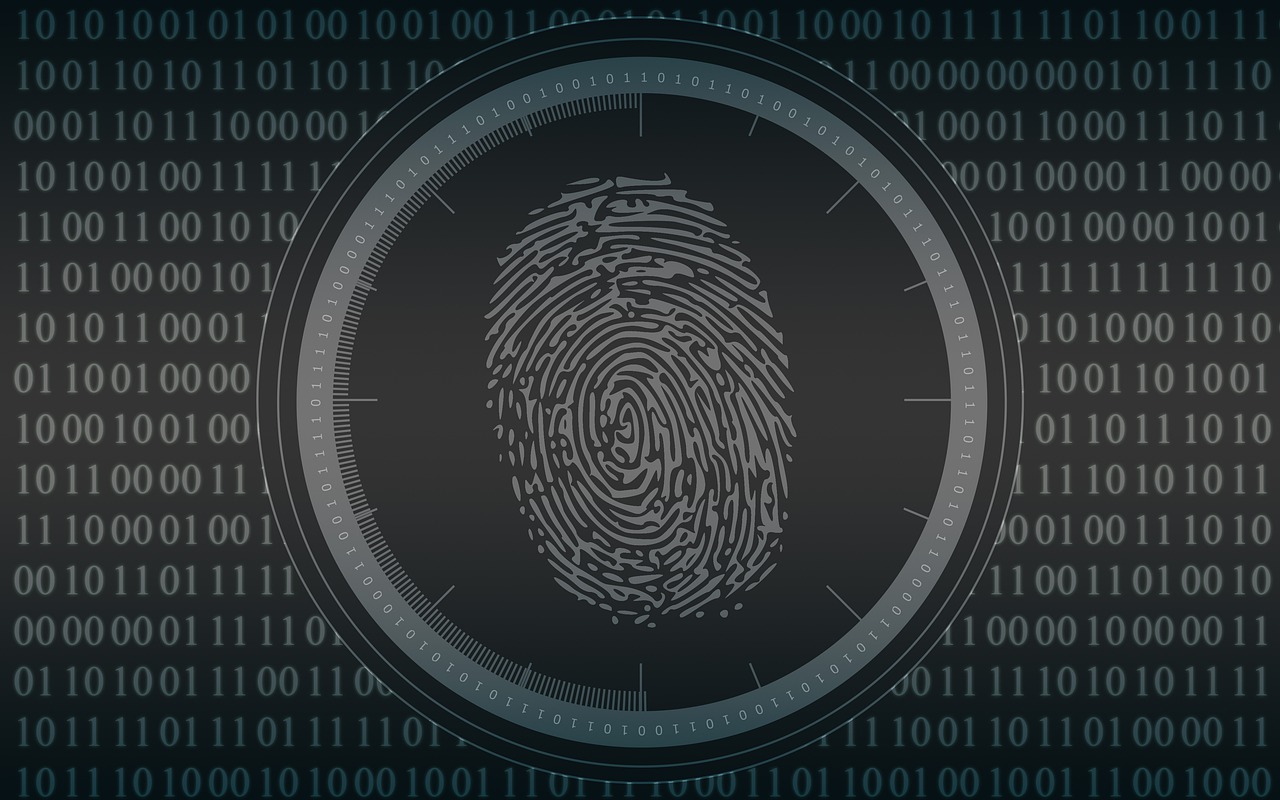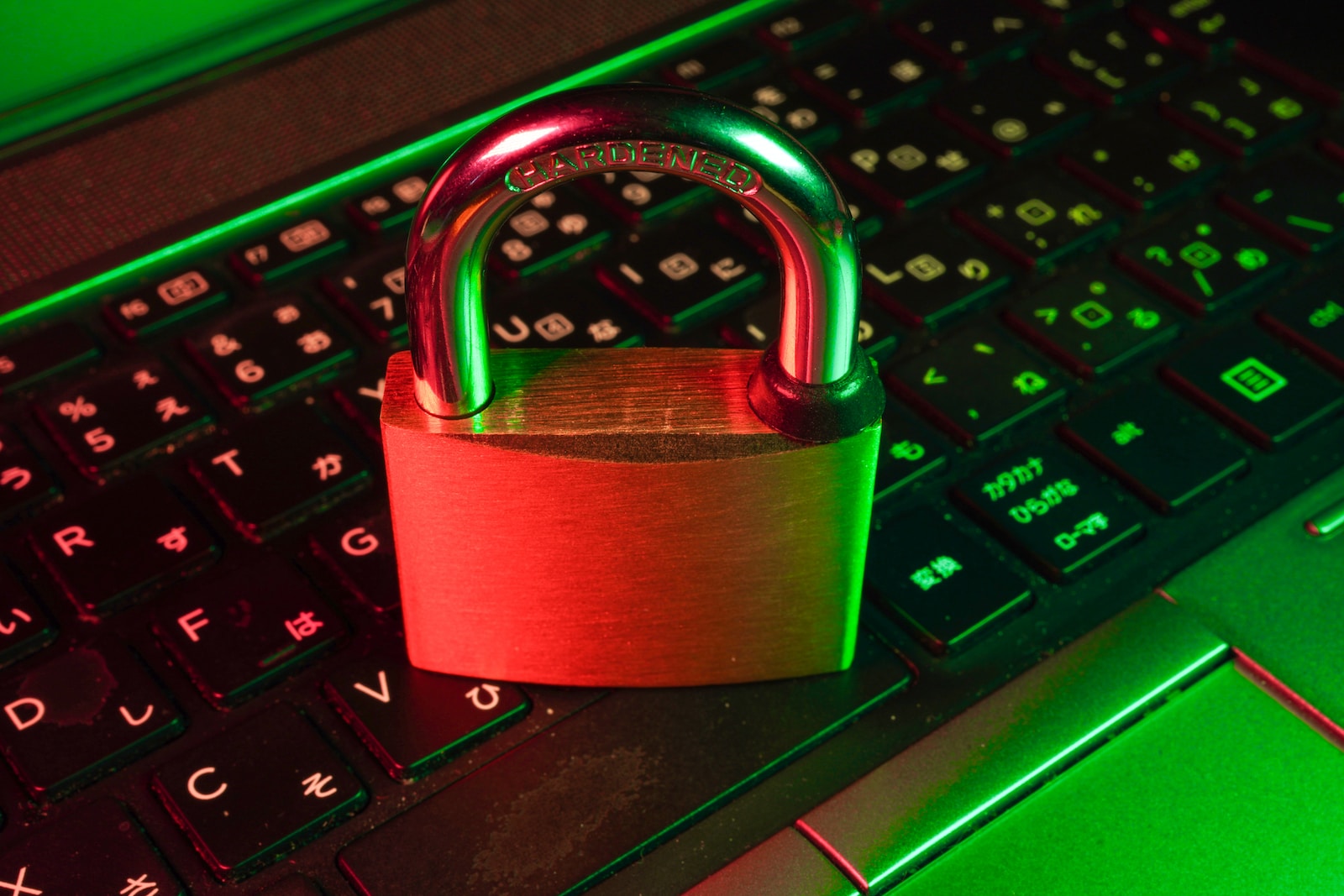Introduction
In today’s increasingly digital landscape, where sensitive information is stored, accessed, and transmitted online, the need for robust security measures has become paramount. Authentication, the process of verifying an individual’s identity before granting access to protected resources or services, plays a crucial role in safeguarding digital information from unauthorized access or malicious activities. It serves as a gatekeeper for ensuring that only legitimate users can gain entry to confidential data or systems.
Definition of authentication
Authentication can be defined as the process of confirming the truthfulness or validity of a claimed identity. It establishes trust and confidence between a user and a system by verifying that the user is who they claim to be. The primary objective of authentication is to ensure that individuals accessing sensitive resources are authorized users and not impostors seeking to exploit vulnerabilities.
Importance of securing digital information
The increasing reliance on digital platforms for communication, financial transactions, business operations, and personal data storage has made securing digital information more critical than ever before. Breaches in data security can result in significant financial losses, reputational damage, and violations of privacy rights. As organizations transition towards cloud-based services and mobile applications become ubiquitous in our daily lives, the risks associated with cyber threats have intensified.
Cybercriminals employ sophisticated techniques such as phishing attacks, brute force attacks, and social engineering tactics to compromise usernames/passwords and gain unauthorized access to sensitive accounts. Therefore, effective authentication mechanisms are crucial for preventing unauthorized access attempts and maintaining the confidentiality and integrity of digital assets.
Overview of two-factor authentication (2FA) and multi-factor authentication (MFA)
Two-factor authentication (2FA) is a subset of multi-factor authentication (MFA). It refers to a security mechanism that requires users to provide two different types of identification factors before granting access. The first factor typically involves something the user knows, such as a password or a personal identification number (PIN).
The second factor involves something the user has, which can be a physical device like a smartphone or a security token. Multi-factor authentication (MFA), on the other hand, expands upon the concept of 2FA by introducing additional layers of verification.
In addition to the factors used in 2FA, MFA incorporates other factors such as something you are (biometric data like fingerprints or facial recognition), somewhere you are (geolocation data), and even something you do (behavioral patterns like typing speed or mouse movements). By combining multiple factors, MFA provides an enhanced level of security and makes it considerably more difficult for unauthorized individuals to gain access to protected resources.
Understanding Two-Factor Authentication (2FA)
Definition and Purpose of 2FA
Two-Factor Authentication (2FA) is a security measure designed to protect digital information and systems by adding an additional layer of verification beyond the traditional username-password combination. Its primary purpose is to ensure that only authorized individuals gain access to sensitive data, applications, or online accounts. By introducing a second factor during the authentication process, 2FA significantly enhances security and makes it more challenging for unauthorized users to breach confidential information.
Components of 2FA
Two-Factor Authentication utilizes two distinct factors for verification: something you know and something you have. The first factor involves knowledge-based authentication whereby users must provide something they know, such as a password or PIN. This serves as the initial barrier preventing unauthorized entry.
The second factor revolves around possession-based authentication, which requires users to present something they physically possess, such as a smartphone or security token. The first factor typically consists of a password or PIN that the user has specifically created for their account.
It acts as an initial means of authentication and verifies user identity based on knowledge known solely by the individual. Meanwhile, the second factor can take various forms but often involves possessing an item uniquely tied to the user’s identity, like a smartphone with an authenticator app or a physical security token issued by the organization.
Advantages of 2FA
One of the primary advantages of implementing Two-Factor Authentication is its ability to provide enhanced security through an additional layer of protection. By combining both knowledge-based and possession-based factors, 2FA significantly reduces vulnerability to unauthorized access attempts by cybercriminals. Even if someone manages to obtain a user’s password through methods like phishing or brute-force attacks, they still would not be able to access the account without possessing the second factor.
Furthermore, 2FA helps mitigate the risks associated with password-related attacks. Passwords are often weak or reused across multiple accounts, making them a prime target for hackers.
By requiring an additional factor beyond the password, 2FA adds a crucial safeguard against these types of attacks. Even in situations where passwords are compromised, the second factor acts as a robust defense mechanism, preventing unauthorized access and providing users with peace of mind that their sensitive data remains secure.
Implementing Two-Factor Authentication is crucial for individuals and organizations alike to bolster their digital security posture and protect against evolving cyber threats. By combining two distinct factors for verification and introducing an extra layer of protection, 2FA proves to be an effective deterrent against unauthorized access attempts while ensuring data confidentiality and integrity.
Exploring Multi-Factor Authentication (MFA)
Definition and Purpose of MFA
Multi-Factor Authentication (MFA) is an advanced security concept that goes beyond the traditional two-factor authentication (2FA) model. The primary purpose of MFA is to provide an extra layer of protection for digital systems, networks, and sensitive information. By combining multiple factors, MFA aims to ensure a higher level of security by mitigating the risks associated with relying solely on passwords or single-factor authentication methods.
Components of MFA
MFA encompasses more than just two factors, allowing for a diverse range of authentication methods. In addition to the traditional “something you know” (such as a password) and “something you have” (like a security token), MFA introduces three additional factors that enhance security measures.
a) Third factor: Something you are (biometric data): This factor relies on unique physical characteristics or traits possessed by individuals. Biometric data such as fingerprints, facial recognition, iris scans, or voice recognition are used to authenticate users.
Biometrics provide a highly secure method as they are difficult to replicate or guess accurately. b) Fourth factor: Somewhere you are (geolocation data): Geolocation data verifies the user’s physical location based on GPS coordinates or IP address tracking.
By cross-referencing this information with the expected location of the user’s device or previous login history, MFA can detect suspicious activities and add an extra layer of protection against unauthorized access attempts from different locations. c) Fifth factor: Something you do (behavioral patterns): This factor analyzes unique behavioral patterns exhibited by individuals while interacting with digital systems.
Typing speed, mouse movements, swipe gestures on touch screens – these behavioral identifiers create a personalized profile for each user. MFA systems can compare real-time user behavior with recorded patterns to determine the authenticity of the login attempt.
Advantages of MFA over 2FA
MFA offers distinct advantages over 2FA, making it a preferred choice for organizations aiming to fortify their security measures. Higher Level of Security due to Additional Layers: By incorporating multiple factors, MFA provides an increased level of security compared to 2FA.
Attackers attempting to breach a system protected by MFA would need to overcome multiple layers of authentication, making it significantly more challenging for them to succeed. Even if one factor is compromised, the presence of other factors acts as a strong defense mechanism.
Increased Flexibility in Choosing Factors based on User Preferences or Risk Levels: One notable advantage of MFA is its flexibility in allowing users or organizations to choose the most suitable combination of factors based on their specific needs and risk levels. Different scenarios may call for different factors; for instance, high-security systems might enforce biometric authentication along with passwords and security tokens, whereas less critical applications can opt for combinations that are user-friendly yet still offer enhanced security.
Multi-Factor Authentication (MFA) goes beyond the traditional two-factor authentication (2FA) model by combining additional layers of authentication factors such as biometrics, geolocation data, and behavioral patterns. With a higher level of security derived from these extra layers and flexibility in choosing factors based on specific requirements, MFA provides an advanced solution capable of ensuring robust protection against unauthorized access attempts and enhancing overall digital security.
Key Differences Between Two-Factor Authentication and Multi-Factor Authentication
A. Number and type of factors usedi.
While both use at least two factors, Multi-Factor Authentication (MFA) has the potential to incorporate more than two. Unlike Two-Factor Authentication (2FA) which strictly uses two factors, MFA enables organizations to implement additional layers of security by including multiple factors beyond just two.
This flexibility allows for a highly customizable authentication process based on the specific needs and risk levels of the system or user. ii.
MFA can include a wider range of factor types compared to 2FA. While 2FA primarily relies on something you know (such as a password or PIN) as the first factor, and something you have (such as a smartphone or security token) as the second factor, MFA goes beyond these traditional categories.
For instance, MFA can incorporate biometric data like fingerprints or facial recognition as a third factor – something you are. Additionally, geolocation data can serve as a fourth factor – somewhere you are, providing an extra layer of security by verifying that authentication attempts are originating from expected locations.
Conclusion:
Understanding the key differences between Two-Factor Authentication (2FA) and Multi-Factor Authentication (MFA) is crucial in determining which approach best aligns with your organization’s security requirements. While 2FA offers an added layer of protection by combining elements we know and possess, MFA offers even greater levels of security by incorporating multiple factors that encompass not only knowledge and possession but also aspects tied to an individual’s unique characteristics and location. By opting for MFA over 2FA, organizations can tailor their authentication process to suit their specific needs while mitigating risks associated with unauthorized access attempts.
By implementing such advanced measures, users can rest assured knowing their digital information is safeguarded against various cyber threats. Embracing the power of MFA signals a proactive approach to security, fostering confidence in an increasingly digital world.
 Skip to main content
Skip to main content


